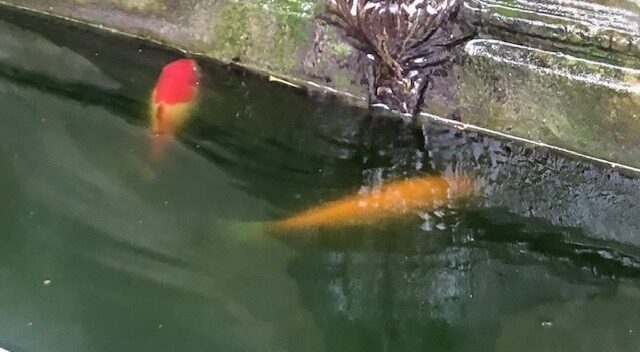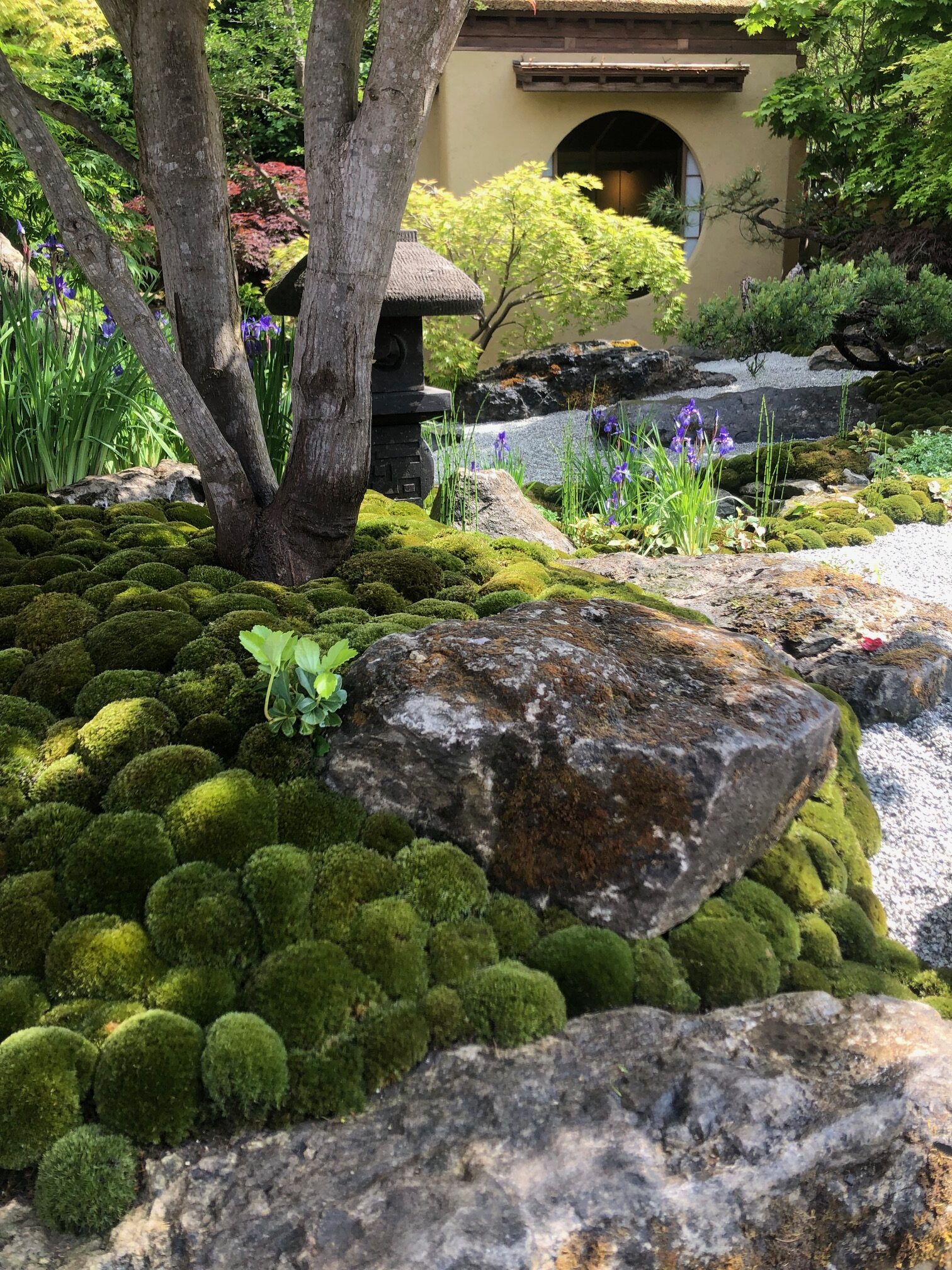How does a diarist celebrate fifty years of scribbling? Trad’s first words were in June 1965. A little party, perhaps. A collection of favourite pieces. There are thousands of words to reread.
Someone asks, ‘How do you keep thinking up things to write about?’ Another asks “Why?” When you’ve done something for fifty years the real question is ‘Why stop?” So I won’t. Not yet. But I’ve been remembering the times when Trad has strayed beyond his usual remit and done some actual gardening. Even garden designing. Even forestry. Sadly, I have no portfolio of blueprints, just memories, a few regrets, and a feeling of satisfaction.
Obviously, I put my own gardens, the four I have owned, at the top of the list. Then came a handful of commissions, or at least advisory roles, mostly in France, most, oddly enough, with some connection to wine. They often start with a casual tour, or view from the terrace, glass in hand. ‘Do you really like that tree hiding the river?’ At Château Latour it was ‘That line of beetroot-coloured trees hiding the machine shed: all they’re doing is drawing attention to it.’
There have been failures. At the long low ‘chartreuse’ of Château Loudenne I proposed a bed of pink roses to match the walls of the chateau. When we started to dig a bed for them the soil turned out to be clay so heavy you couldn’t lift a forkful. So, this was the famous gravel, the secret of the Médoc’s inimitable claret? Trailer-loads of gravel and the entire compost heap dug in made little difference. On the other hand, the lawn sloping gently towards the river made a reasonable cricket pitch. It was fun teaching a river pilot from the Gironde just beyond the vines how to hold a bat. Not to mention using an osage orange as the ball (far too heavy).
At one chateau the French windows of the salon looked straight out at a tall hedge, entirely blocking the river view. It was not to be moved. ‘We don’t want the vineyard workers to watch us having lunch.’
The most satisfying solutions, or just suggestions, were just nudging the owners to appreciate and cultivate something they overlooked or took for granted. Sometimes there were pink carpets of cyclamen hiding in lush, neglected grass. It could be merely a low branch of a cedar stopping you from seeing the river. At Château Lafite a line of weeping willows half hides the chateau from the main road; I proposed and planted the same thing for the back drive at Château Latour. And there were interventions at Château Langoa Barton and Château Landiras.
Most of my French planting, though, was not gardening at all but forestry, at the broken-down farm in the Allier we bought for a song in 1990. Some 200 acres for something like £125,000. It sits at the very centre of the hexagon, as the French call their six-sided country, in a region of ‘bocage’; fields interspersed with oaks where nothing else of profit or interest could be coaxed into growing. Feral sheep, their fleeces shaggy, trailing, brown or black, nibbled brown grass among scraps of black plastic and barbed wire. The farmer, having despoiled the place of most of the best trees, was giving up. I had a longing for land to plant, and these two hundred acres lie on the fringe of France’s most famous oak forest, the Forêt de Tronçais.
Fifteen years later we could look back on planting over a hundred acres of trees; some pine, but mainly oak. And no more barbed wire. We could never have done it (or even got permission to do it) without the help, encouragement and friendship of Alain Macaire, then the département head of the Office National des Forêts. France is a land of generous government grants – and precious memories.





